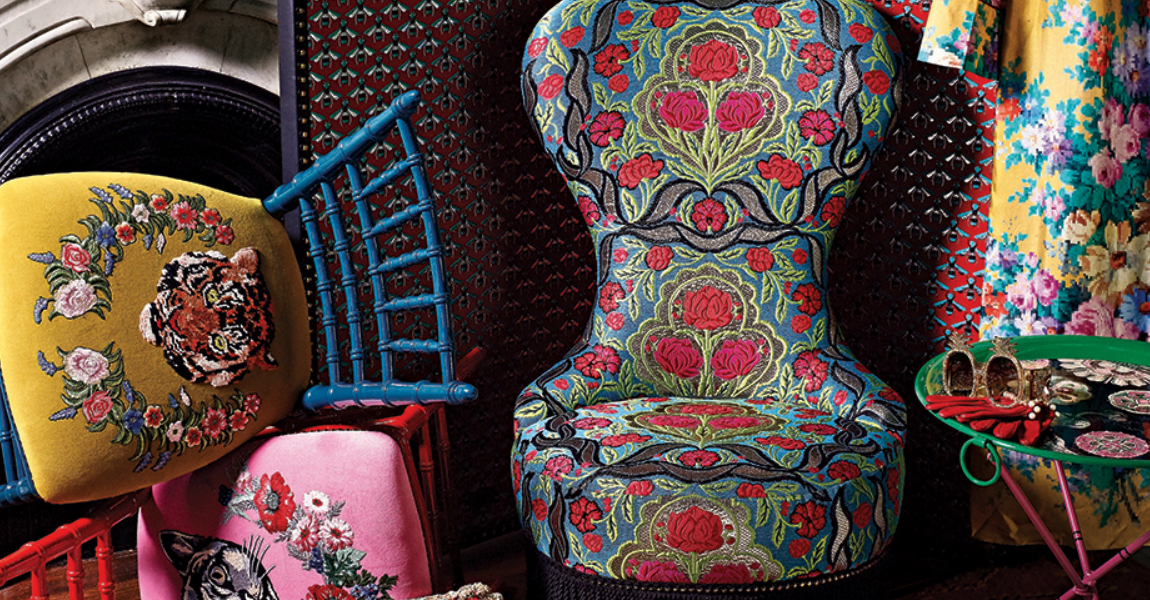Homewares bound
In April this year, Milan's Salone del Mobile - the world's biggest and most prestigious home design fair – reportedly attracted over 30 fashion houses.
As more and more luxury clothing labels gravitate towards exploring opportunity in this sector, we ask, what are the key considerations for fashion retailers looking to launch homewares and furniture ranges?
Why do it?
With a new and exciting direction of travel in a market, it can be a very tempting to jump on the bandwagon. Diversifying a fashion brand into a broader lifestyle positioning promises a stronger connection with the consumer, centred around the brand values, and increased sales. At a high level, product extension into home and furniture is a logical one - as décor choice tells a similar story about a person's taste as much as clothing does. The realities, however can be significantly more challenging.
Do I have the capabilities to enter this category?
Design aesthetics and creative direction can certainly be transferred from fashion to furniture, but fashion and homewares are inherently different sectors with different rules of engagement. The customer journey for big-ticket home and furniture items is more considered and demands a more informed selling approach. In terms of the consumer, a person who wears on-trend Gucci loafers might not necessarily be the same person who would like to buy Gucci Décor (seen above). And from the point of view of operations, the product sourcing and production, margins, pace, and distribution models are a world apart.
Larger brands such as Dior and Hermes have the scale to manage this category, but many smaller brands may not. An alternative way to enter the home market is through a licensing company like Luxury Living Group, which produces homeware under brands such as Fendi. Or to collaborate, like Dolce & Gabanna and Smeg, whereby the fashion brand bestows its brand prestige and artistic direction to the product.
Is my brand reputation at risk?
Whichever route is taken, any move into a new category needs to be executed in line with brand guardianship, i.e. to ensure that products are of equal quality and workmanship, and that the style aesthetic aligns to the core categories. The stakes are especially high for luxury brands, where quality and exclusivity are the cornerstones. Any negative association risks damaging the brand.
In our view, there are opportunities and benefits from extending established brand equity into new areas. There are options of how to do this, but inherent risks and challenges which must be managed.
Melissa Yeunh

